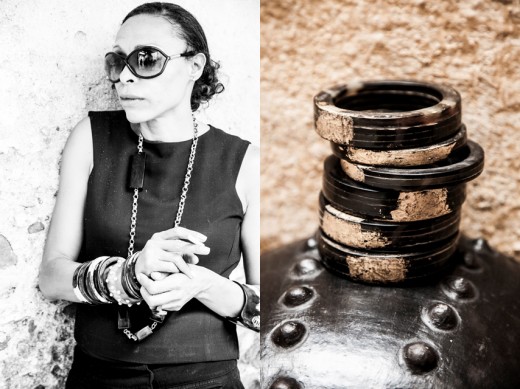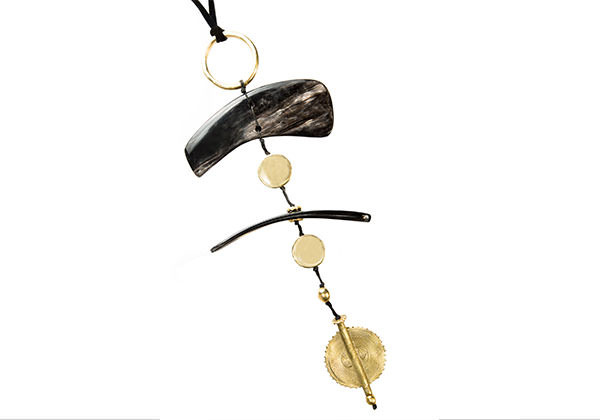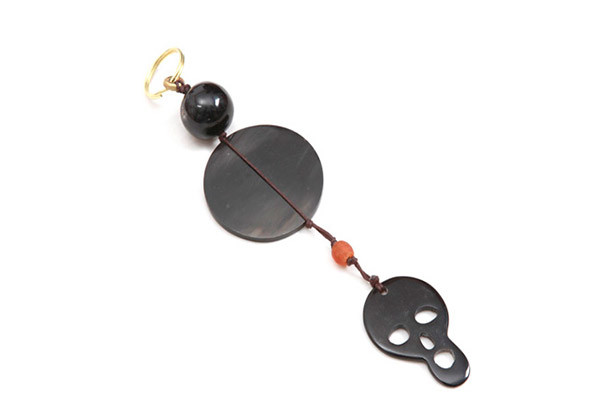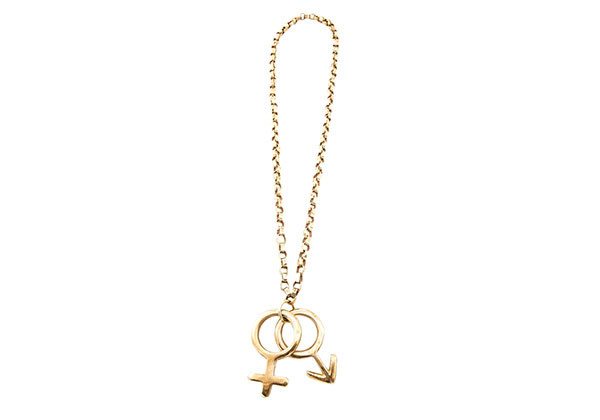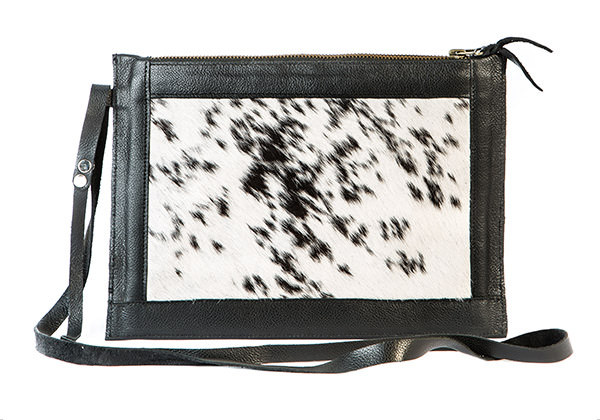When Adele Dejak and her husband were relocated to Nairobi, Kenya, she took inspiration from her new landscape to create an eponymous accessories line in 2005 made from locally sourced materials like Ankole cow horn and Kitenge fabric. Now she’s bringing her designs stateside through LuxeColore.com and plans to grow her business with other retailers. Dejak’s designs combined with her attainable price points should have her positioned for a booming business. We caught up with Dejak to find out more about her designs and how she’s giving back to Africa.
What were you doing before you began designing accessories?
From a very young age I had a strong addiction for jewelry, fashion accessories and, photography. The journey to being a designer was inevitable; I just went about it the long way. I attended various design colleges in London. It was very difficult to select one aspect of design as I am in love with all of them; from interior design, fashion design, typographic design and photography. Initially, I really struggled with what I wanted to focus on. I finally chose typographic design because I felt it was unique and important yet very understated. Every single legible print we get into contact with daily has typography from magazines and books to packaging in supermarkets! I tend to get relocated often, so it was something I could travel the world with and apply wherever I would be based.
How did you end up in Nairobi?
The nature of my husband’s occupation resulted in our relocating to Kenya.
How would you describe your aesthetic?
I have always liked to be different, right from a tender age. My parents were always surprised by my choices of attire and mix of accessories. I thrive in being different and edgy, but not comical. To paraphrase a quote from my favorite designer, Tom Ford, ‘One should never wear anything that makes you look foolish.’
What kind of materials do you love working with?
All of our materials are sourced from across Africa, with the majority coming from East Africa. Africa offers a great variety in beads, fabrics and materials. We primarily work with Ankole cow horn, recycled brass and aluminium, kitenge fabric, leather and hide. I am particularly in love with Bakuba, a unique and meticulously hand-woven fabric found only in the DRC.
What is your design process like?
Each collection has been a long journey, with some concepts being initiated as far back as 10 years ago. I have photographic diaries of everything that has inspired me over the years, and of my travels in Africa. I go through my collage of inspirations as design research periodically, which will trigger an idea. I use all of my inspirational notebooks and photographic work to aid in inspiring a starting point.
Why is now the right time to launch in the U.S.?
There has been a growing demand for our products from the U.S. based on our online inquiries and feedback from social media. We are currently undertaking an aggressive global positioning with the U.S. on top of our list.
Where will we be able to find your pieces?
On www.AdeleDejak.com, which we recently relaunched. We are also currently establishing our presence in the U.S. on LuxeColore.com. Keep an eye out for a list of retailers soon to stock our brand.
How do you keep your prices so affordable?
All our products are hand-made in Kenya where we run our own workshop. That, coupled with sourcing for indigenous raw material, recycled metals as well as a local work-force plays a huge part in this. Also, in-house training affords us the opportunity to nurture creativity and technical skills among our employees and this helps to maintain high quality products and keep our prices at an affordable range.
How has your brand grown since you started?
The label started as a small home-based business and rapidly grew to a full workshop team, which includes beaders, tailors, and leather workers. At the heart of the company is the emphasis on sustainability through engagement and empowerment of local communities. We are now a leading, globally-recognized African luxury brand.
Tell us about the organizations that you give back to.
We collaborated with UNHCR on a program in Dadaab Refugee Camp to facilitate the training of refugees in the production of key rings for their donors. The camp is home to over 500,000 refugees from Somalia, Ethiopia, Burundi, DRC, Eritrea, Uganda, and Rwanda. The refugees are not permitted to grow crops or keep livestock, thus have no sustainable means of earning a living. The program was fully funded by UNHCR and was a key step for the company to foster design skills training and economically empower those that participated. In 2012, I visited the Wawoto Kacel Cooperative in Gulgu in northern Uganda.The social arts and crafts cooperative was founded by a group of HIV-positive women with the help of Comboni Samaritan Onius. Most of the members of the cooperative today are either HIV positive or physically disabled. We aided in the sale of their tie-dye fabrics in our shops and outlets to support the work and creativity of the organization. We have plans to re-visit the center and work on a future collaboration.

